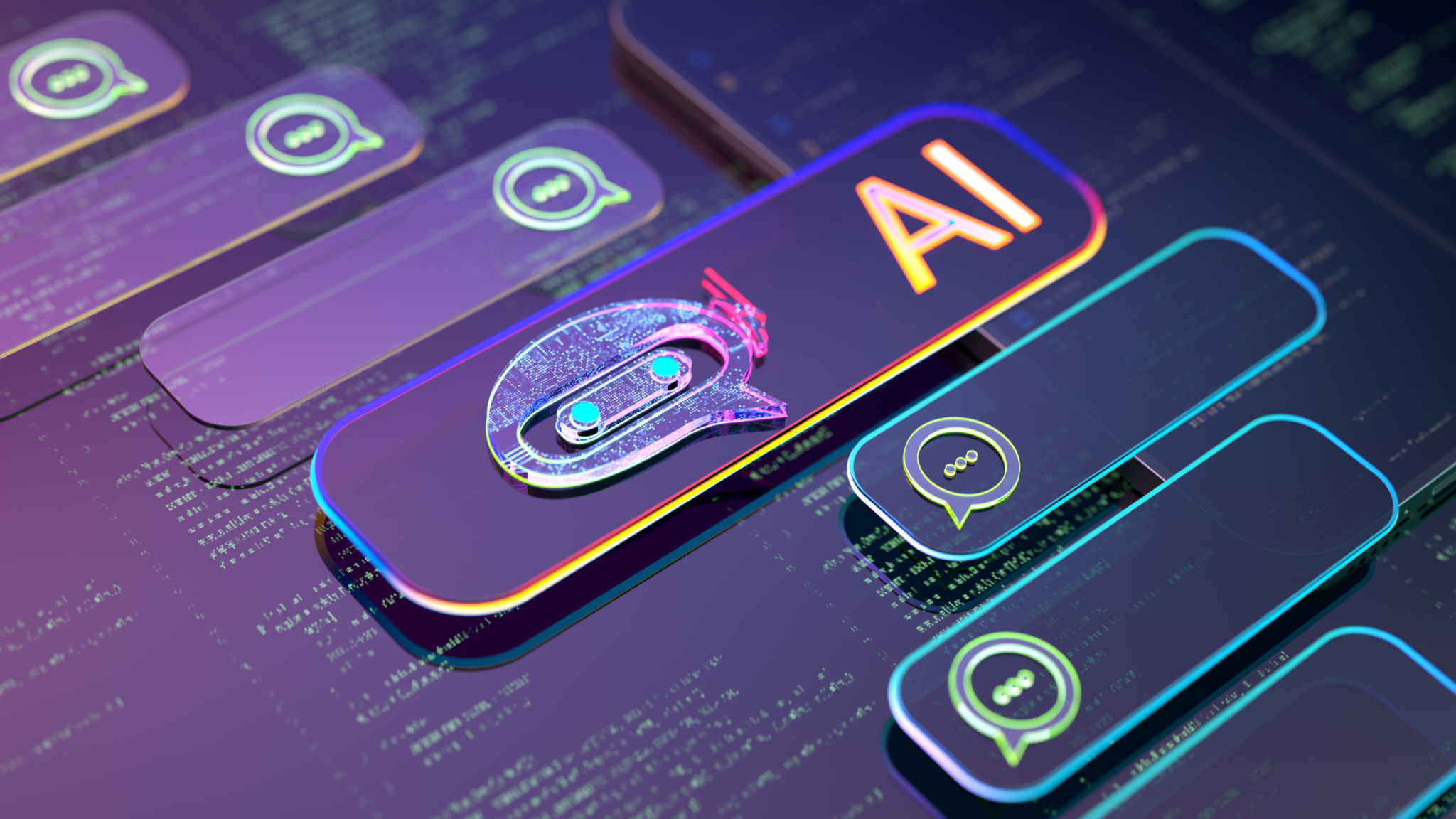Debunking Myths: Common Misconceptions About AI in Business Automation
Introduction
As artificial intelligence (AI) continues to evolve, its role in business automation becomes more prominent. However, alongside its rise, numerous myths and misconceptions have developed. Debunking these myths is crucial for businesses to harness AI's full potential effectively.
Myth 1: AI Will Replace All Human Jobs
One of the most common fears is that AI will lead to widespread job loss. In reality, while AI automates repetitive tasks, it also creates new opportunities for jobs that require human creativity and emotional intelligence. AI aims to assist, not replace, human workers.

AI as a Collaborative Tool
AI is designed to work alongside humans, enhancing productivity and efficiency. By taking over mundane tasks, AI allows employees to focus on strategic and creative aspects of their roles.
Myth 2: AI Is Only for Large Corporations
Another misconception is that AI is too complex or expensive for small and medium-sized enterprises (SMEs). However, numerous AI tools are accessible and affordable for businesses of all sizes, providing scalable solutions tailored to specific needs.
Benefits for SMEs
AI can help SMEs optimize processes, improve customer service, and gain insights from data without the need for extensive resources. This democratization of AI technology allows smaller businesses to compete more effectively in the market.

Myth 3: AI Lacks Creativity and Innovation
While AI excels at data analysis and pattern recognition, many believe it cannot be creative. However, AI is being used in fields like art, music, and writing, where it generates innovative ideas and solutions.
Enhancing Human Creativity
AI can enhance human creativity by offering new perspectives and insights. It can analyze vast amounts of information to inspire and assist in creative processes, acting as a valuable partner in innovation.

Myth 4: AI Makes Decisions Without Human Oversight
Some fear that AI operates autonomously without any human control. However, AI systems are designed with oversight mechanisms to ensure ethical and responsible use. Human input is essential in guiding AI decision-making processes.
Ensuring Ethical AI Use
Organizations implement checks and balances to monitor AI systems, ensuring they align with ethical guidelines and organizational goals. Human oversight ensures AI applications are fair and transparent.
Conclusion
Understanding the realities of AI in business automation is essential for leveraging its benefits. By debunking these myths, businesses can make informed decisions and integrate AI in ways that enhance productivity and innovation without fear of the unknown.
